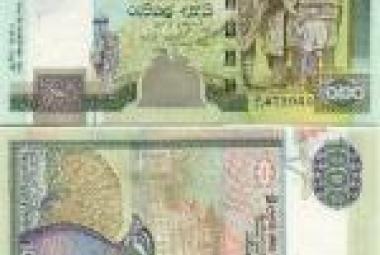Sri Lanka’s foreign debt less attractive than even Greece's
So much for Colombo's claim of 'post-war optimism' amongst foreign investors.
Sri Lanka’s long term sovereign debt is presently rated as less attractive to foreign creditors than that of Greece, which triggered another international financial crisis earlier this year after being caught concealing a yawning budget deficit.
Standard & Poor’s, the debt rating agency, has given Greece’s foreign debt an overall rating of BB while Sri Lanka scores B+.
According to the agency’s website, a rating of B is understood as more vulnerable to debt default than BB. The +/- signs indicate a state's relative standing within the overall ‘B’ category.
S&P's raised Sri Lanka’s debt rating in September this year from B to B+ primarily on the condition Colombo sticks to the IMF’s reform programme, the LBO reported.
Meanwhile, Sri Lanka is amongst the world's heaviest borrowers.







